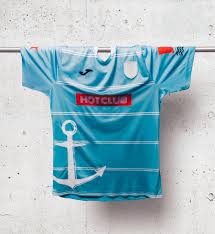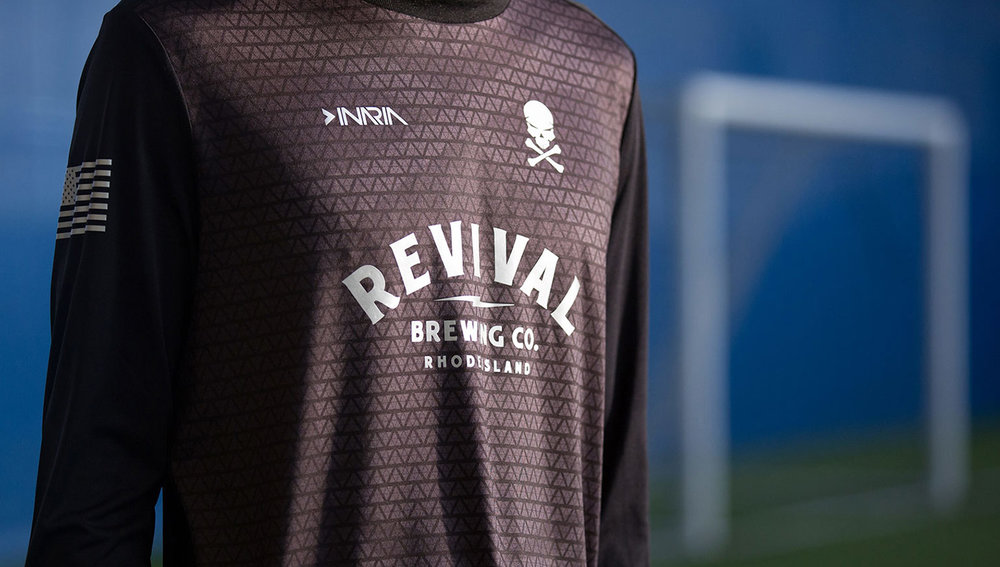Providence City FC: Death for Them, Victory for Us
There are few things more intimidating in history than the skull and crossbones. The symbol goes back to the Middle Ages as a symbol of death, usually used on a tombstone or as a memento mori - a reminder that life is soon over and death is coming for all of us. And what better way to be reminded of that fact than by a naked skull, stripped of skin, muscle and flesh, ghoulishly grinning from the grave? Add to that symbol, the crossed bones, usually femurs, marking the spot of your eventual resting place.
In the 17th century, when pirates were in their heyday, the variety of flags they flew under were numerous and individualized to the crew and captain of the ship. But the most common, and what eventually became the standard, was the skull and crossbones. Rather than flying the flag every day, at all times, pirates would fly another flag until close enough to attack another ship. Then, the skull and crossbones (often referred to as the “jolly roger”) would be pulled to the top of the mast, striking fear in the hearts of their victims. Pirates would kill, rape, pillage, rob, and then sink your ship. There was reason to fear them and not only because of their fearsome symbol fluttering above your head.
The history of Providence, Rhode Island is tied to the sea, from day one. Founded in 1636 by Roger Williams (a renegade pastor who was fleeing religious persecution) the city made religious and political freedom its priority. As the city grew, funded by the ships and trade that flooded the harbor, that spirit of freedom and creativity continued to inspire the people of the area. The connection between the city’s past and the soccer world of the present lies within the club that calls the city home.
Providence City FC exemplifies that spirit of freedom. Known for their creative approach to kit designs and advertising approaches, Providence is well known beyond the shores of Rhode Island. Though they play in a regional league, the Rogues have stretched their influence globally by focusing on a unique brand identity and cultivating a strong connection with the online soccer community. Certainly the crest is part of it.
As mentioned before, the history of the skull and crossbones is all about making viewers contemplate their own eventual end. Death is coming, prepare yourself. With the Rogues being from Providence, the history of piracy in the Atlantic is also contained in the crest - Death for them. Victory for us. The crest screams intimidation and aggression. The skull even has a furrowed brow, as if to tell the viewer that not even death has blunted the anger and rage of the dead. As club representative Jason Rego puts it, “It's badass. Pretty simple to depict who we are.“ The badge sums up the club’s attitude, approach, city history, you name it. When you see that crest on a kit, you know who is coming for you.
The colors of the kits typically are red and black, but Providence City has done an extraordinary job of marketing by offering multiple alternate kits, always smartly designed, always well-marketed. The public has taken notice and every time a new kit rolls out, the likes and shares plaster it into every soccer timeline in social media.
The marketing success of the club has been matched by their record of in the Bay State Soccer League. One of the most competitive regional soccer leagues in the country, BSSL has multiple tiers of competition, offering promotion and relegation between the tiers. Providence City has gained promotion in back-to-back seasons, meaning next year will find the Rogues and their grinning Jolly Roger badge in the top tier of the BSSL, competing against some of the best soccer teams in New England. Much like the pirates of the past, Providence City has found a new set of victims, ready to be plundered.
- Dan Vaughn





